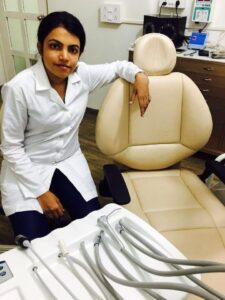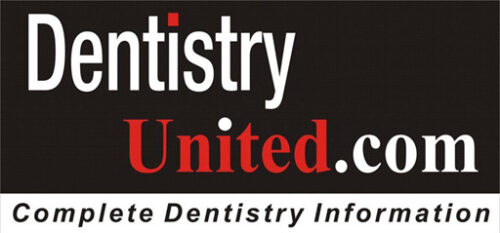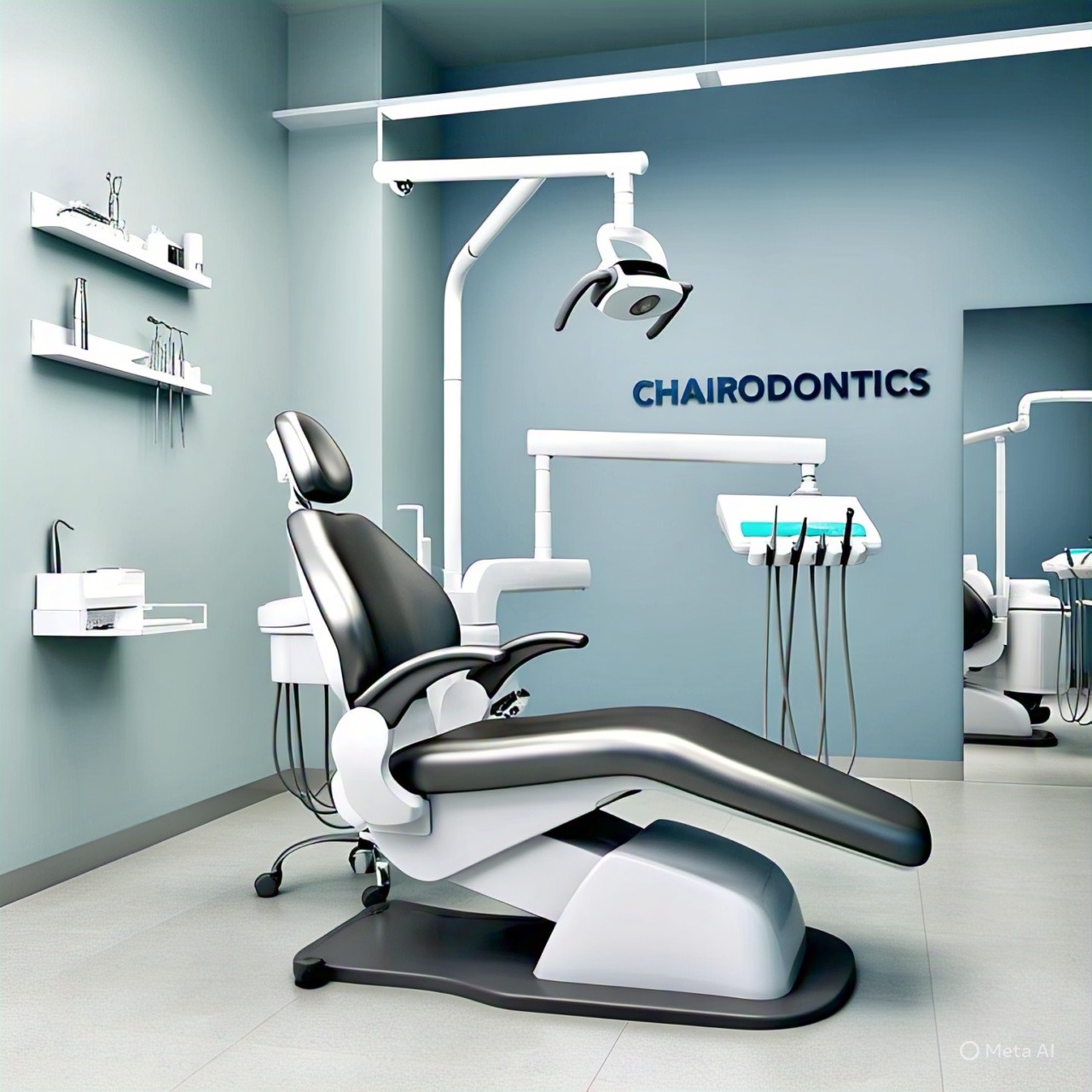“Chairodontics”: The Dental School Subject We Never Knew We Needed

Dr Rukhsar Vankani
Scene:
You’re halfway through a Class III restoration. Rubber dam in place, contacts prepped, marginal ridge just right. Everything’s flowing like a TikTok tutorial—
Until…
The suction dies.
Not a warning gurgle. Just silence.
You glance at your assistant.
They glance at the chair.
The chair… stays silent.
You both know.
Chair’s down. Game over.
And here you are: a dental student trained in diagnosis, precision, and digital workflows…
But when your chair stops reclining mid-procedure? You’re as helpless as someone trying to play Netflix on a typewriter.
Let’s Face It: We’re Clinicians, Not Technicians… But Maybe We Should Be (Just a Bit)
We rely on that chair more than we admit.
It’s our stage, our cockpit, our literal support system.
And yet, when it coughs, squeaks, or silently rebels, we’re suddenly running a call center, not a clinic:
“Can someone call maintenance?”
“Is the Biomed team around?”
“Try unplugging it and plugging it back in…”
(Modern solutions for everyday breakdowns.)
In an Age of AI and Innovation, Basic Chair Troubleshooting Should Be a Core Competency
We’ve got chatbots triaging patients, 3D printers building crowns, and aligners being planned by algorithms.
But heaven help you if the spittoon overflows.
That’s why we need to talk about Chairodontics—the unofficial, often-ignored life skill of basic dental chair care.
No, this isn’t about becoming a full-blown biomed tech.
It’s about not being derailed by things that take literally three minutes to fix.
Here’s What Every Dental Student Should Know (but Probably Doesn’t):
How to restart the suction unit when it stops mid-procedure
How to restore water flow to your three-way syringe or turbine
How to adjust a stuck headrest/backrest without summoning a small army
How to check basic fuses or air pressure before hitting panic mode
This isn’t rocket science.
It’s chair science.
And we use it every. single. day.
⚠️ Why This Matters More Than Ever
Because time is money.
Because one broken chair can create a domino effect that tanks your entire schedule.
Because patients don’t care why their appointment was canceled—they just leave with a bad impression.
And in an era where dentists are expected to be fluent in everything from facial aesthetics to digital occlusion mapping, being thwarted by a jammed foot pedal is… well, embarrassing.
TL;DR: Add “Chairodontics” to the Curriculum Already
The chair is your silent partner.
Know it. Understand it.
Not like an engineer. Like a clinician who respects their tools.
Let’s stop letting fixable glitches sabotage clinical excellence.
Let’s teach our students what real-world dentistry actually requires.
Let’s call it what it is:
Chairodontics—basic chair care for future dental legends.
Because if we can scan, print, and laser our way to better smiles, we can sure as hell reset a suction line.
About the Blogger:
Dr. Rukhsar A. Vankani is a seasoned dental professional with over a decade of clinical experience in Mumbai. A distinguished graduate of Padmashree Dr. D. Y. Patil Dental College, India, she is passionately dedicated to the continual evolution of dentistry. Beyond her clinical acumen, Dr. Vankani is also an accomplished writer and poet, known for weaving insight and imagination into her words.
The blogs featured on DentistryUnited were originally penned in 2012, capturing her reflections and experiences at the time. Now thoughtfully revised and republished, these pieces have been refreshed for the new generation of dentists navigating the dynamic world of 202X. Join her every Tuesday as she shares timeless wisdom with a modern touch.

